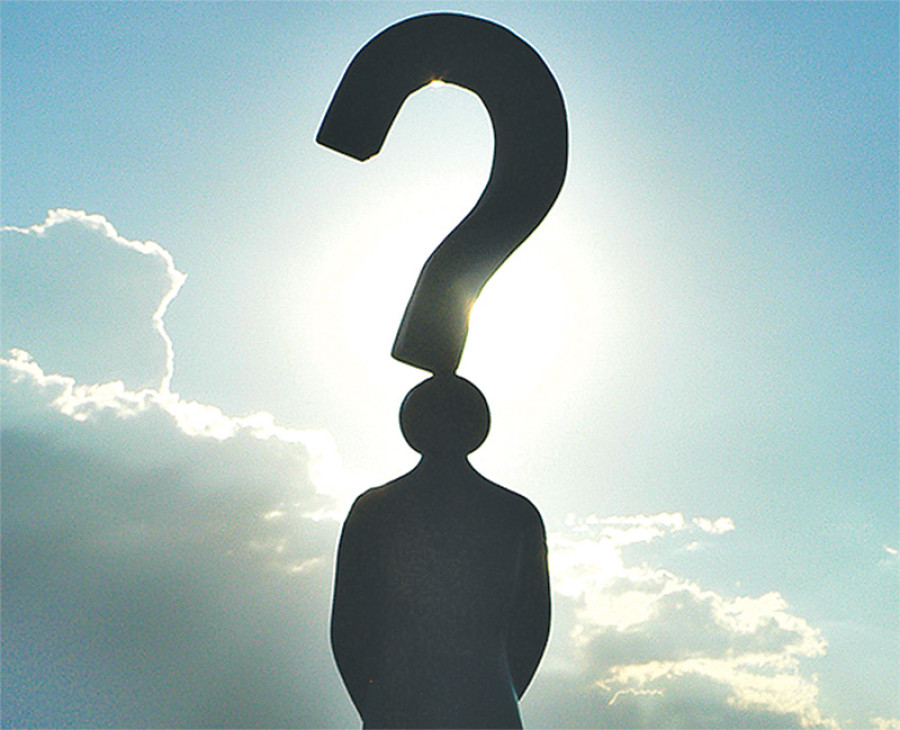Opinion
Mayoral missions
Aspiring Kathmandu mayors need to be serious about risks from earthquakes and climate change
Navin Singh Khadka
That the 7.8 magnitude earthquake of 2015 could have been much more devastating for the Kathmandu Valley than it actually—and fortunately—was is a no-brainer. But hot on the heels of the quake came the warning from seismologists that a significant amount of the energy still remains trapped underground and could be released anytime. Hence, another big one is not a matter of if but when.
As the country marked the second anniversary of the Gorkha quake this week, one widely made observation was that Kathmandu has hardly learnt any lessons from the mega-disaster. Of course there has been some exemplary work here and there, but by and large it is a chapter almost forgotten.
But can someone aspiring to manage the capital city afford to forget that it is not the earthquakes but the buildings that are the real dangers?
Climate smart cities
If they can “forget” a cataclysmic risk like that, we can imagine where “slow-onset” developments like climate change would be on their priority list. Should you start thinking that the issue of climatic change is a bit too far-fetched for mayoral candidates, remind yourselves how Kathmandu is submerged after a few hours of torrential rains these days. Ever thought of the increasing heat stress the capital burns in? If you think it is just a natural phenomenon accompanying uncontrolled urbanisation, familiarise yourself with what are known as “heat islands” in this age of climate change.
Ever heard of climate smart cities? There is a coalition of many cities across the globe that is trying to deal with the impacts of climate change and address its causes. How effective the idea has been remains to be assessed, but at least there is a recognition that cities can both contribute to and suffer from climate change.
Several climate-related scientific studies have highlighted this. “Heat stress, extreme precipitation, inland and coastal flooding, landslides, air pollution, drought, and water scarcity pose risks in urban areas for people, assets, economies, and ecosystems,” the Intergovernmental Panel on Climate Change, the UN body on climate science, said in its latest assessment report. “Risks are amplified for those lacking essential infrastructure and services or living in poor-quality housing and exposed areas. Reducing basic service deficits, improving housing, and building resilient infrastructure systems could significantly reduce vulnerability and exposure in urban areas.”
Scientists say 70 percent of cities are already dealing with the effects of climate change, and nearly all are at risk.
Several forecasts have shown that the world’s urban population will almost double by 2050. Urban population accounted for 54 percent of the total global population in 2014, up from 34 percent in 1960. By 2050, it is projected to be 70 percent. The urban population growth, in absolute numbers, is concentrated in the less developed regions of the world.
So when we have the projections for both climatic impacts and population boom in cities, we clearly do not want to sleepwalk into a crisis. And studies have shown that there are huge benefits in managing both these challenges. For instance, a study by the Global Commission on Economy and Climate has said, “putting cities on a course of smart growth—with expanded public transit, energy-saving buildings, and better waste management—could save as much as $22 trillion.”
The study further said, “By 2030, those efforts would avoid the equivalent of 3.7 gigatonnes of carbon emissions a year—more than India’s current greenhouse gas emissions.”
Have Kathmandu’s mayoral candidates crunched these figures yet?
Going by a debate among three of them on Kantipur Television earlier this week, they might not have. In the nearly 50-minute-long programme, none of them mentioned earthquakes and climate change even once (unless the editor chose to cut them out).
They were right in talking about Kathmandu’s immediate issues including air pollution, traffic congestion, water supply, road and transport networks, among others. It was certainly sensible to stress the need for cycle tracks, rain water harvesting, and to assert that the would-be mayor will have to be like a “smartphone and not a landline.”
The concept of a “clean, safe and shareable Kathmandu” also made complete sense.
As of this writing, major political parties, which have seldom made public their policies on natural disasters like earthquakes and climate change, are yet to nominate their mayoral candidates.
Pressing problems apart, there are global and regional issues that have local effects in the capital.
Two more conditions
That is why international climate negotiations these days value the participation of mayors. They are increasingly becoming key negotiators in these meetings. In several countries, they have also been able to implement what they have committed to in these international forums.
“City mayors are directly accountable to their constituents for their decisions, and are more nimble than state and national elected officials to take decisive action—often with immediate and impactful results,” says C40, a network of the world’s megacities committed to addressing climate change. “What our cities do individually and in unison to address climate change can set the agenda for communities and governments everywhere.”
It is not too late for Kathmandu’s wannabe mayors to learn about many of these things–-provided that they are serious about them. But even if they are serious, there are two more conditions. First, the local elections will need to take place. Second, even if they do take place, the elected mayor will have to be “allowed” to work.
The question is: will they be able to do so, considering the warring political parties amid entrenched geopolitics?
Khadka is a BBC journalist based in London




 8.12°C Kathmandu
8.12°C Kathmandu











